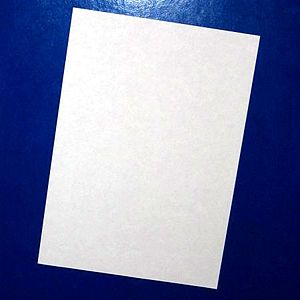Ever have this problem? A client comes to you and wants some design work, or a new website. They expect ideas (and lots of them), but give you little direction. As time goes on, they get harder and harder to work with.
Sometimes they don’t know what they want. On other occasions, they have ideas, but have a great deal of difficulty expressing them in creative terms.
Both the client and the designer (or developer) can end up being pretty frustrated with each other. It can even doom the entire project.
So, how do you turn tough clients into easy ones?
It can be done, it just takes a bit of thought, some planning, and the willingness to try to meet the client on his/her terms.
What does the client want?
It’s tough for the designer to focus when you don’t know what the client is thinking. And, it’s hard for your client when they want something from you (and don’t get it). The best way to find out what they want is also the simplest. Ask them. Have them write it down (it often helps people focus their ideas).
Where are the ideas?
Or, you’re on the other side of the fence. You want ideas from your designer, but you’re frustrated because they’re only doing what you tell them (following instructions), when what you really want is some creative sparks. Why don’t they just give me what I really want, you cry!
If you’re a client, the designer can’t help unless you give them direction. The more specific, the better. It doesn’t have to be specific design directions (that’s their skill), but it does help if they understand who you want to reach, the image you want to project, and how you see your company.
The one-page answer
Larger agencies often use a “creative brief” for projects. It tells the designer, and you, what you’re looking for, and what you want to accomplish.
It’s a great way to focus your mind, and theirs. It reduces frustration, and gives everyone a starting point for discussions.
How to write a creative brief
The brief spells out some basic questions about marketing, design, and goals. Here are some questions to get you started (feel free to adapt them to fit your own needs):
- What’s the problem/market situation?
- What’s the opportunity? How are you different? How will the design (or site) convey that?
- Who’s your target audience? (age, gender, job, interests, problems, pain points, etc)
- What problem do you solve?
- What are the primary features/benefits of your product/service?
- Who is the competition? What are their strengths and weaknesses? Claims? Benefits?
- What sort of style are you looking for? What other sites do you like?
- What are the due dates for each stage (initial consultation, creative brainstorming, initial sketches/comps, presentation of ideas, approval, delivery)?
- Do you need additional resources (talent, photos, etc).?
Put it all in writing, agree on it, and the whole process should go much more smoothly. If you need a guide for this, you can download a free creative brief template.

